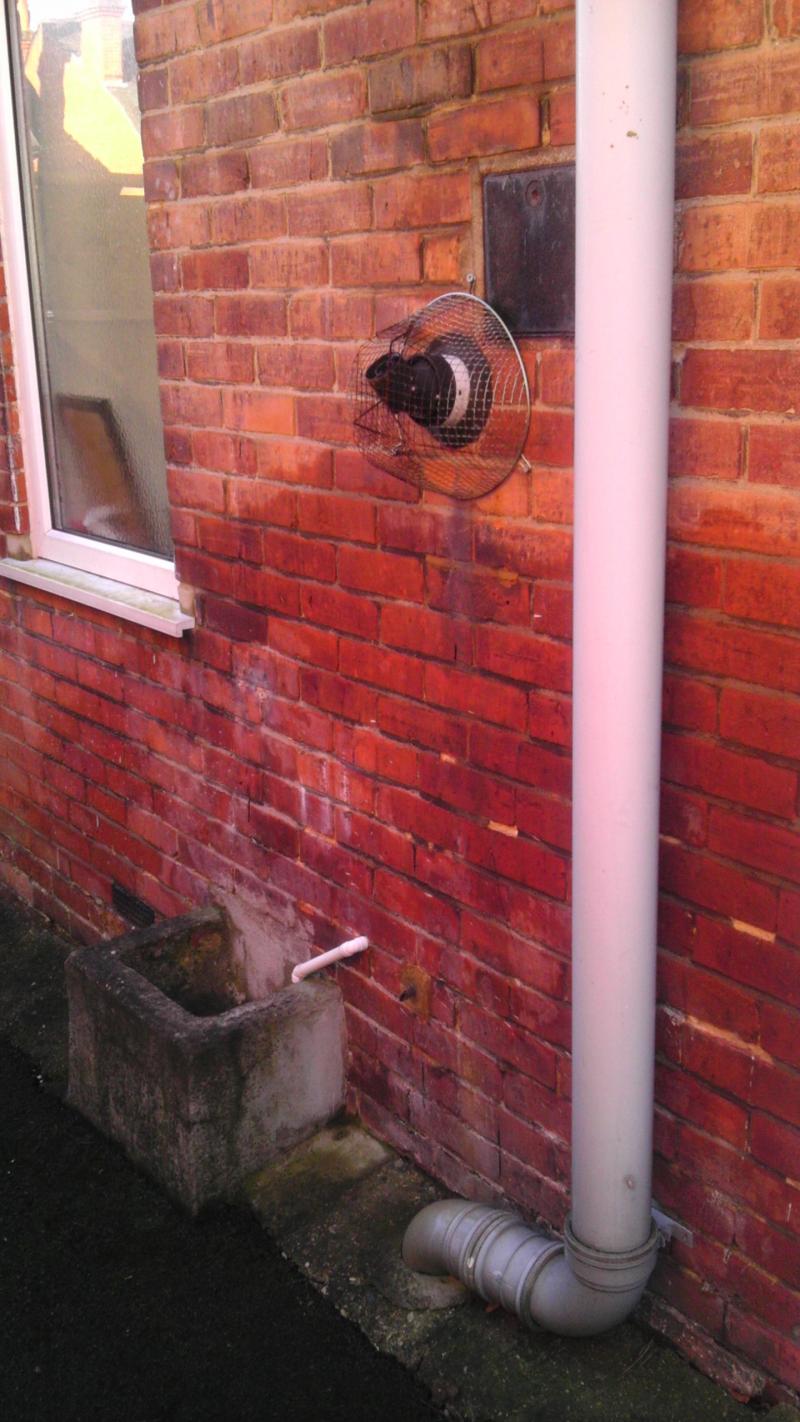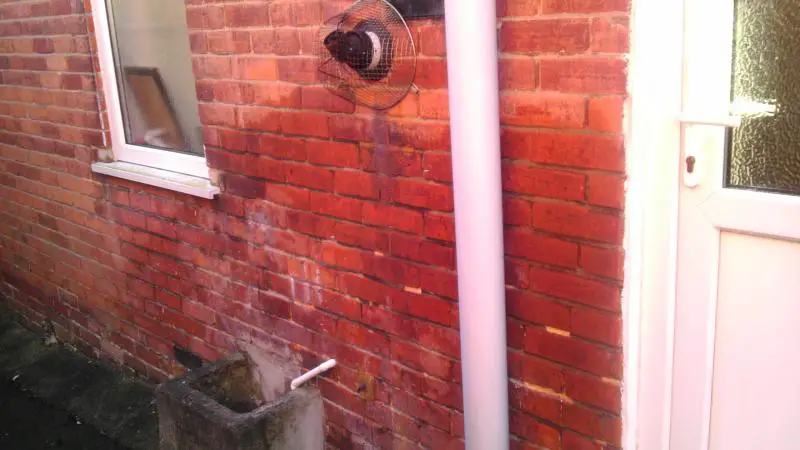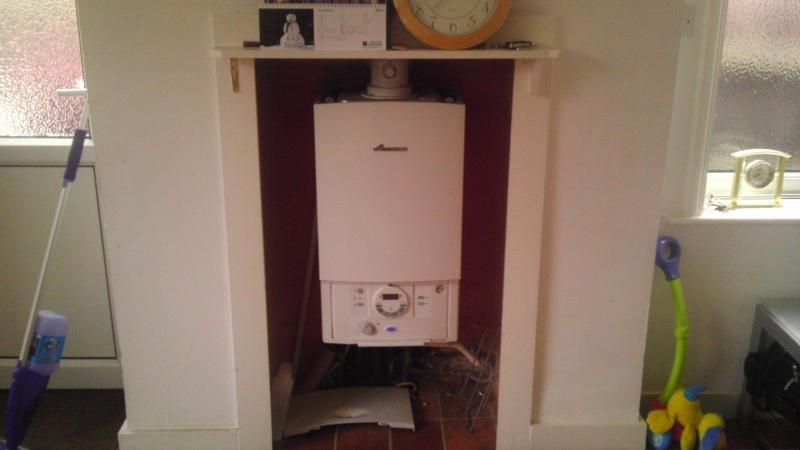We moved into this house about a year ago, its an old detached house over 100 years old.
the pointing needs redoing but i've been waiting and saving a bit of money first.
I've noticed this damp outside the kitchen (same wall as the boiler is housed, which is in the chimney breast) a while back.
But, we've had lots of rain, and the damp seems much worse than it used to be, can anyone advise on whats happening please?
tia!
the pointing needs redoing but i've been waiting and saving a bit of money first.
I've noticed this damp outside the kitchen (same wall as the boiler is housed, which is in the chimney breast) a while back.
But, we've had lots of rain, and the damp seems much worse than it used to be, can anyone advise on whats happening please?
tia!




